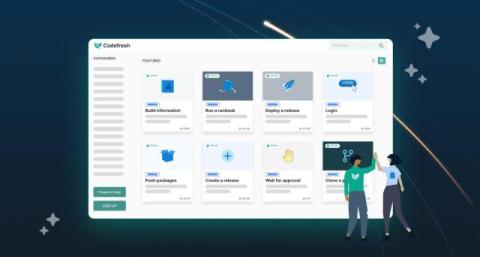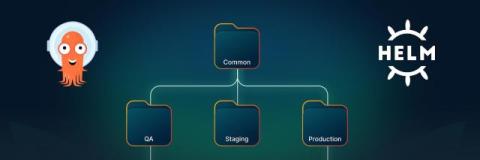Securing Argo CD for 2025: Looking Back at Key Achievements and Innovations in 2024
Argo CD is a declarative, GitOps-based continuous delivery tool designed to simplify and streamline application deployments in Kubernetes environments. As part of the CNCF (Cloud Native Computing Foundation) ecosystem, Argo CD has become a cornerstone for teams embracing cloud-native development practices. At its core, Argo CD ensures that the desired application state defined in Git repositories is automatically synchronized with the live state of applications running in Kubernetes clusters.











